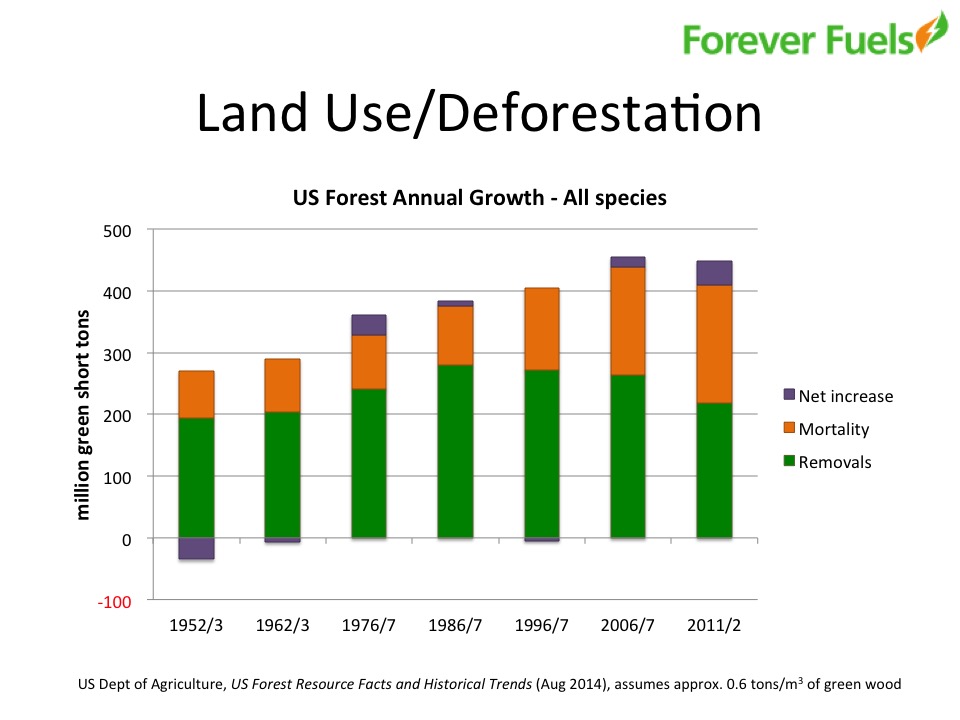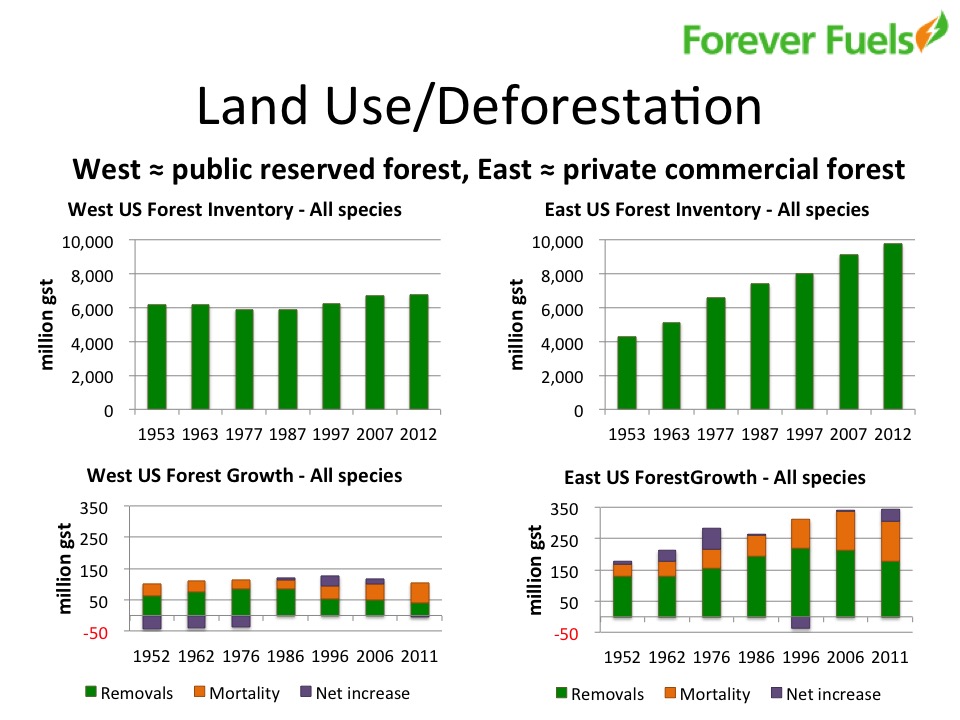The Sustainable Biomass Resource: Myths and Facts
By Bruno Prior, MD Forever Fuels and WHA Director.
In the latest RHI consultation, the UK government does not expect biomass to contribute to small and medium commercial and domestic heating in the long-run. They expect only small contributions to large, industrial heat uses. They are guided in this view by the Committee on Climate Change (CCC), under the influence of DECC’s former Chief Scientific Adviser, Prof. David Mackay.
One of the main reasons given for this position is the supposedly limited resource of sustainable biomass. Let us test whether that justification has much basis in reality by looking at the sustainable resource available for one of the most widely available and portable forms of biomass: wood pellets. Bear in mind that this is only a part of the total resource, and will be complemented by local resources of wood chip and log, and non-woody biomass.
The total additional quantity of wood pellets required globally for all uses (power and heat) by 2025 on a fairly aggressive growth projection is estimated at around 19 million tonnes, which equates to around 38 million green short tons (gst) of wood fibre. To put that into perspective, the UK used around 300,000 tonnes of wood pellets for heating last year.
The reduction in demand for industrial wood in the USA alone between 2005 and 2010 was 241 million green short tons. So just the wood that was being used annually in the USA and that is no longer being used would meet the global requirements for rapid growth in wood pellet consumption over the next 10 years around 6 times over.
The difference between the annual increment in managed EU forests and the quantity felled in those forests is around 174 gst - enough to supply the projected global increase to 2025 around 4.5 times over. That is just from the managed forest. Additionally the area of reserved forest not available for wood supply in the EU is larger (44 million hectares) than the total landmass of Germany, Belgium and the Netherlands combined.
The forests of the USA and EU represent around 12% of the total global forest area.
As for the suggestion that biomass is responsible for deforestation in places like the USA, here is how the volume of wood in US forests has been developing:
The forest mass increases for 3 reasons: growth, additional planted area, increased intensity per acre. The forest mass decreases for 2 reasons: mortality and removals. Here is how that has balanced out in the USA over the past 60 years:
That overall picture obscures some vital regional differences. The US Forest Service divides the land into 3 regions: West, North and South. North and South are effectively North-East and South-East and can be combined to compare East with West. Broadly, the West is public, reserved forest (e.g. Yellowstone National Park) that is largely unmanaged. The East is broadly private, commercial, managed forestry. Here is how the above balance compares on a West (reserved) vs East (managed) basis:
In the reserved forests, removals are declining, mortality is increasing and the trend is towards a net decrease against a declining annual growth figure. In the managed, commercial forests, the annual growth and total volume has roughly doubled since 1952, and the net increase is substantial despite increased mortality and removals.The volume of wood in the commercial forests of the Eastern USA has increased significantly, precisely because the product has a value and is worth managing and increasing. The largest part of the growth has been increased intensity/yield per hectare. A value for the wood encourages management practices that increase the resource (and reduce the emission of methane from rotting unmanaged forestry with high mortality). With the collapse of demand from certain sectors (e.g. construction and pulp), biomass is providing one of the few alternative forms of demand that will continue to provide an incentive to maintain and increase the forest stock.
The same lesson applies in the rest of the world, and indeed in economics generally. If there is a value to having more of something, you tend to get more of it. And if you destroy the value for something, you tend to get less of it. Do the government want more or fewer trees? For further striking statistics demonstrating the difference between the reality and the propaganda on biomass resource availability and deforestation, see: link 1 (summarised here: link 2). You will notice, for instance, that pellet exports equate to 0.08% of the total forest inventory of the US South. It is not clear where Prof. Mackay and the Committee on Climate Change got their information on the scale of the sustainable biomass resource. They have never set out their evidence. They have simply asserted that the resource is limited, and then incorporated that assumption into their models of future energy systems. This has skewed the output of those models to a more expensive and less deliverable balance of technologies.
If the UK government genuinely believes in evidence-based policy, it is time for an open examination of the evidence on the scale of the sustainable biomass resource. It should also look at experience in other countries that are ahead of us on delivery of renewable heat to see what works. None of those countries has pursued the balance of technologies advocated by the CCC. If DECC looks at the data rather than at anecdotal evidence from lobby groups, it will find that it can improve all three of its energy-policy priorities (security, affordability and sustainability) with a more substantial contribution from biomass across all uses and scales.
Note: The Board of Directors of the WHA will each month publish a blog on topics related to the biomass heating industry. The views expressed in this blog post are those of the author(s) and do not necessarily reflect the views or policies of the WHA/REA.







